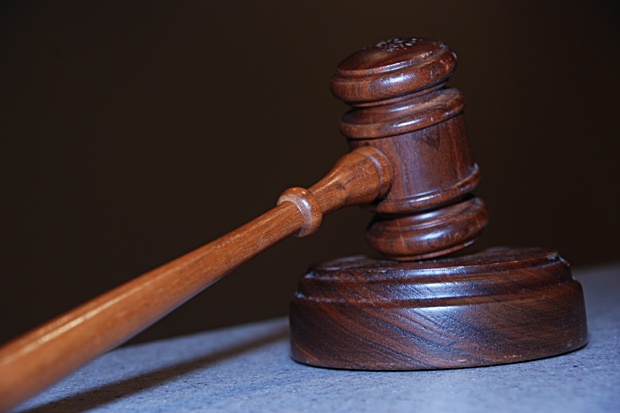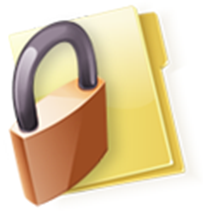eDiscovery Trends: Rules Changes for Spoliation Could Come as Soon as 2013

With cases related to preservation and spoliation issues continuing to be prevalent, as well as continued greater emphasis on proportionality in eDiscovery, the Advisory Committee on the Federal Rules of Civil Procedure has requested comments on possible changes to the federal rules relating to preservation and spoliation of evidence. Much of the framework for the proposed rules was derived from Judge Shira Scheindlin's opinions on eDiscovery, particularly those in the Zubulake case. These changes could be finalized as soon as December 2013.
As there are currently no rules governing preservation, courts have set their own guidelines – not always consistently from court to court. The hope is that establishment of rules regulating preservation and spoliation will clarify expectations and standardize practices. Invited by the advisory committee to provide suggestions, the special committee has proposed new Rule 26(h), which specifies that the duty to preserve ESI arises when a subpoena is received by a non-party, or when a person becomes aware of facts that would lead a reasonable person to expect to become a party to an action. That duty remains in effect for all existing and subsequently created documents or ESI until the termination of the involvement of the party or non-party, or until a person becomes aware of facts that would lead a reasonable person to believe that he or she will not become a party to an action.
A person whose duty to preserve has been triggered must take steps to preserve discoverable documents and ESI, and must consider several factors, including:
- Importance of the information;
- Amount in controversy; and
- Burden and expense to preserve in a form as close to (if not identical to) their original condition as possible.
In addition, new Rule 37(g) has been proposed which identifies a variety of penalties to be imposed, depending on the level of culpability of the spoliating party and the remedial requirements necessary to the case, taking into account the importance of the information lost to the party seeking its discovery.
While the advisory committee decided not to pursue any rule change dealing with preservation back in November, they have continued to pursue those dealing with penalties for spoliation. However, during the discussion process for preservation rules, standard expectations for preservation of evidence included the issuance of a written litigation hold to key players in an organization most likely to possess documents or ESI that will be important in a case, with the hold to be periodically reviewed and renewed. Eventual rules for preservation would be expected to include such provisions.
As for spoliation, the advisory committee considered the proposed new rule regarding penalties for spoliation at its meeting on March 22.
The advisory committee has also drafted proposed amendments to Rule 45 concerning serving of subpoenas. Proposed changes include abolishing the requirement that a discovery subpoena be issued in the same court where compliance of the subpoena is expected. Instead, nationwide service of process will be implemented, so, for example a discovery subpoena for a case pending in the Eastern District of Texas would be valid in the Southern District of New York. The subpoenaed party can choose the subpoena to be enforced in the district where compliance is to be made or in the trial court. Out-of-state parties (or an officer of those parties) can be compelled to travel more than 100 miles to testify at trial if good cause is shown for them to do so. Changes are also proposed requiring that all parties receive notice on the service of a subpoena to a non-party.
The advisory committee decided on revisions to Rule 45 back on March 22. By May 1, the advisory committee will submit its recommendations regarding spoliation and Rule 45 to the federal Standing Committee. The federal Standing Committee is expected to approve the recommendations in June and submit them to the federal Judicial Conference. Assuming the Judicial Conference approves the proposal at its September 2012 meeting, they will transmit it to the US Supreme Court, which will have until May 1 of next year to transmit the proposal to Congress. If Congress does not act, the proposal would become rule on December 1, 2013.
So, what do you think? Will these rules changes benefit the eDiscovery process? Please share any comments you might have or if you’d like to know more about a particular topic.
Disclaimer: The views represented herein are exclusively the views of the author, and do not necessarily represent the views held by CloudNine Discovery. eDiscoveryDaily is made available by CloudNine Discovery solely for educational purposes to provide general information about general eDiscovery principles and not to provide specific legal advice applicable to any particular circumstance. eDiscoveryDaily should not be used as a substitute for competent legal advice from a lawyer you have retained and who has agreed to represent you.







